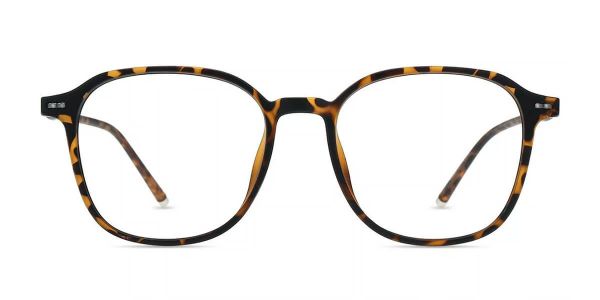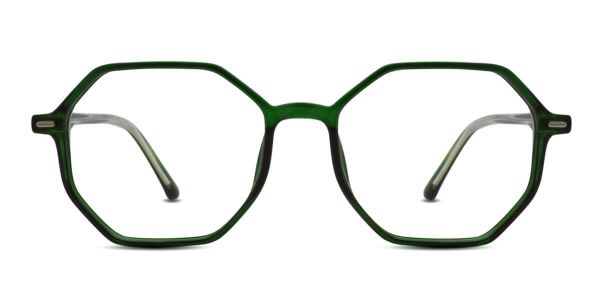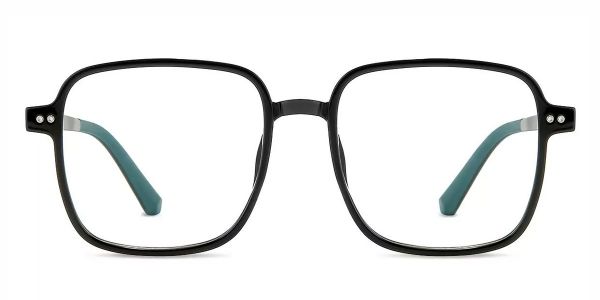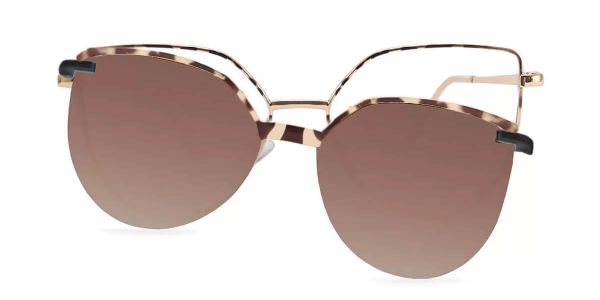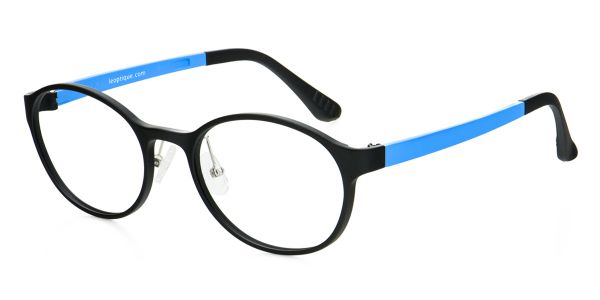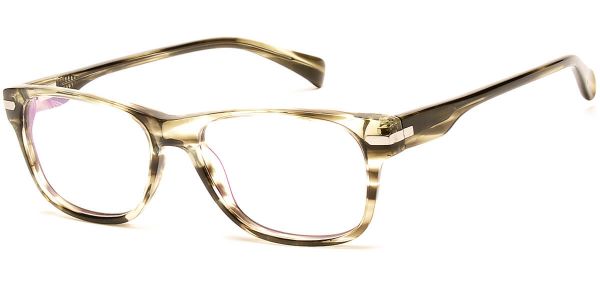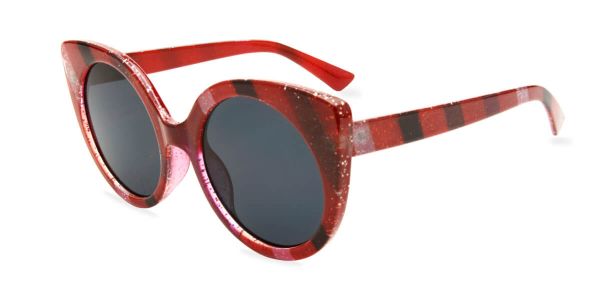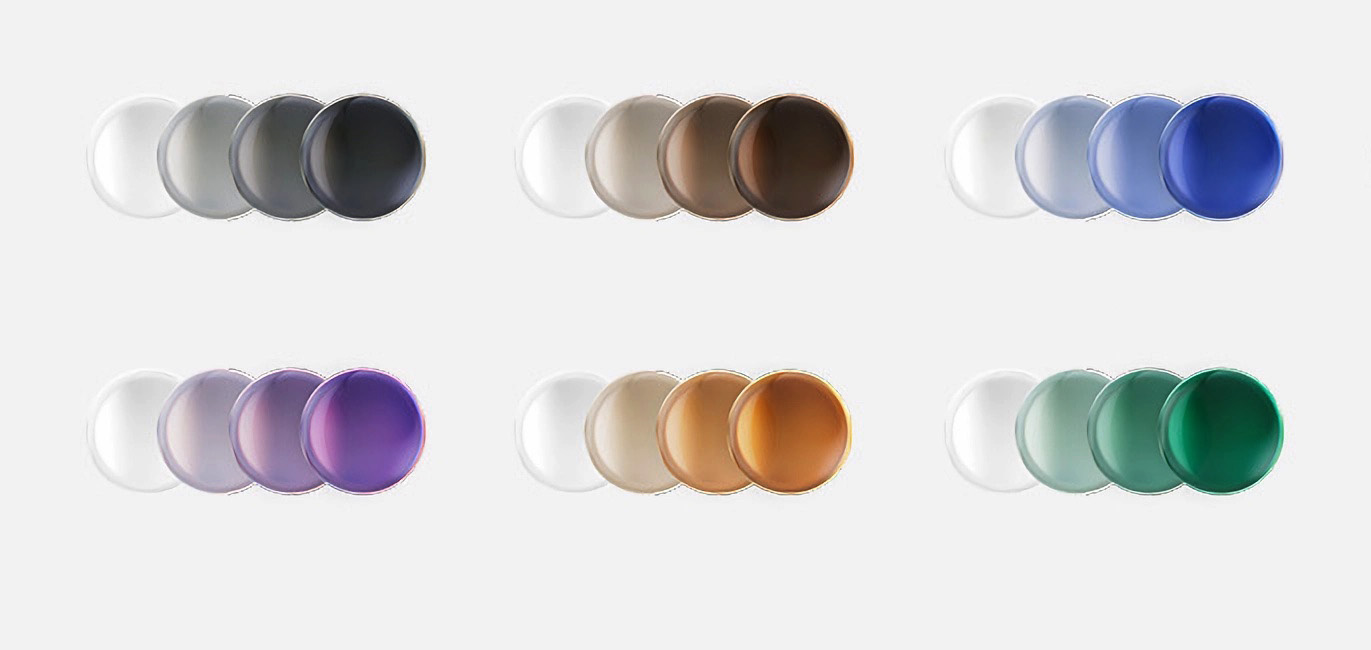
Who is not suitable for wearing photochromic lenses?
If people with high myopia wear photochromic glasses, due to their poor vision and photochromic lenses, they will have difficulty seeing and may easily suffer from visual fatigue. Therefore, such people should not wear photochromic glasses.People with myopia accompanied by astigmatism and whose visual acuity correction is lower than 1.0 should not wear photochromic glasses. People with myopia and astigmatism must see things clearly in bright light. After wearing photochromic lenses, due to the dim light, the pupils will dilate accordingly, resulting in a narrow anterior chamber angle, resulting in poor aqueous humor drainage. Over time, it is easy to induce glaucoma.
People suffering from cataracts, glaucoma and other diseases may aggravate their condition by wearing photochromic glasses, so they should not wear photochromic glasses.
What are photochromic lenses?
Photochromic lenses are also called "photosensitive lenses" by some. Because silver halide chemicals are added to the lenses, the originally transparent and colorless lenses will turn into colored lenses for protection when exposed to strong light, so they are suitable for both indoor and outdoor use.Color-changing lenses are made of optical glass containing silver halide microcrystals. Based on the principle of reversible light-color interconversion reaction, they can quickly darken under sunlight and ultraviolet irradiation, completely absorb ultraviolet rays, and have neutral absorption of visible light; when returned to the dark, Can quickly restore colorless and transparent.
Since the added silver halide and copper oxide have been integrated with the optical glass, the color-changing glasses can change color repeatedly and can be used for a long time. They can not only protect the eyes from strong light stimulation, but also correct vision.
Photochromic lenses are mainly used in outdoor, snowy, and indoor workplaces with strong light sources to prevent eye damage from sunlight, ultraviolet light, and glare.
In layman's terms, under strong light, the silver halide inside turns into black silver particles when exposed to light.
Classification of photochromic lenses
When choosing color-changing glasses, you should mainly consider the functional characteristics of the lenses, the purpose of the glasses, and personal color requirements. Photochromic lenses can also be made into multiple colors, such as gray, brown, etc.1. Gray lenses: can absorb infrared rays and 98% of ultraviolet rays. The biggest advantage of gray lenses is that the original color of the scene will not be changed by the lenses, and the most satisfying thing is that it can very effectively reduce the light intensity. Gray lenses can absorb any color spectrum evenly, so the scene will only become darker when viewed, but there will be no obvious chromatic aberration, showing a real and natural feeling. It is a neutral color system and suitable for everyone.
2. Pink lenses: This is a very common color. It absorbs 95% of UV rays. If the glasses are used to correct vision, women who must wear them frequently are best to choose light red lenses, because light red lenses have better absorption of ultraviolet rays and can reduce the overall light intensity, so the wearer will feel more comfortable
3. Light purple lenses: Like pink lenses, they are more popular with mature women because of their relatively darker color.
4. Brown lenses: They can absorb 100% of ultraviolet rays. Brown lenses can filter out a large amount of blue light and can improve visual contrast and clarity, so they are very popular among wearers. It is particularly effective when worn under severe air pollution or foggy conditions. Generally, it can block the reflected light from smooth and shiny surfaces, so people who wear glasses can still see the fine parts clearly, making it an ideal choice for drivers. Middle-aged and elderly patients with high vision above 600 degrees can be given priority.
5. Light blue lenses: Sun blue lenses can be worn when playing at the beach. Blue can effectively filter out the light blue reflected from the sea water and sky. Blue lenses should be avoided when driving as they can make it difficult to distinguish the color of traffic signals.
6. Green lenses: Green lenses, like gray lenses, can effectively absorb infrared light and 99% of ultraviolet rays. While absorbing light, it maximizes the green light reaching the eyes, so it has a cool and comfortable feeling, which is suitable for people whose eyes are prone to fatigue.
7. Yellow lenses: They can absorb 100% of ultraviolet rays and allow infrared rays and 83% of visible light to penetrate the lenses. The biggest feature of yellow lenses is that they absorb most of the blue light. Because when the sun shines through the atmosphere, it mainly appears as blue light (this can explain why the sky is blue). After yellow lenses absorb blue light, they can make natural scenery clearer. Therefore, yellow lenses are often used as "light filters" or used by hunters when hunting. Strictly speaking, such lenses are not sunglasses because they hardly reduce visible light, but in foggy and dusk moments, yellow lenses can improve contrast and provide more accurate vision, so they are also called night vision goggles. Some young people wear yellow lens "sunglasses" as decoration, which is an option for patients with glaucoma and those who need to improve visual brightness.





